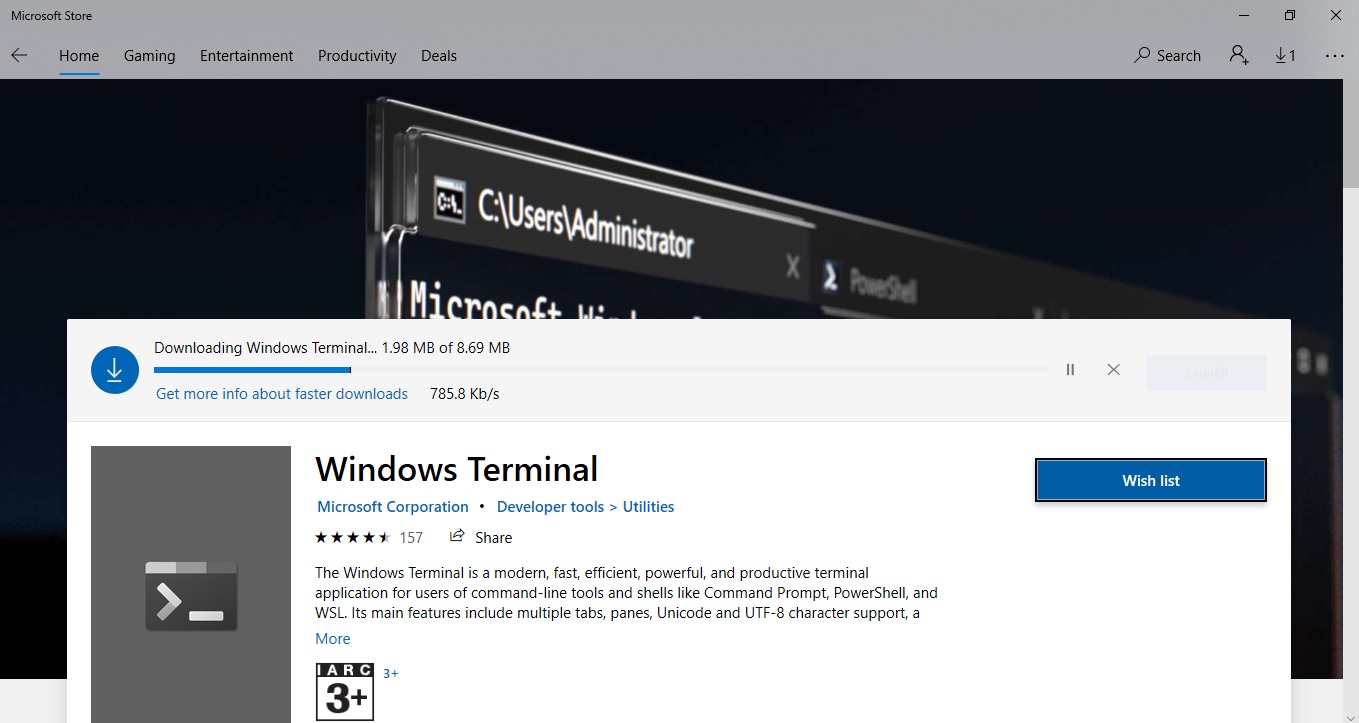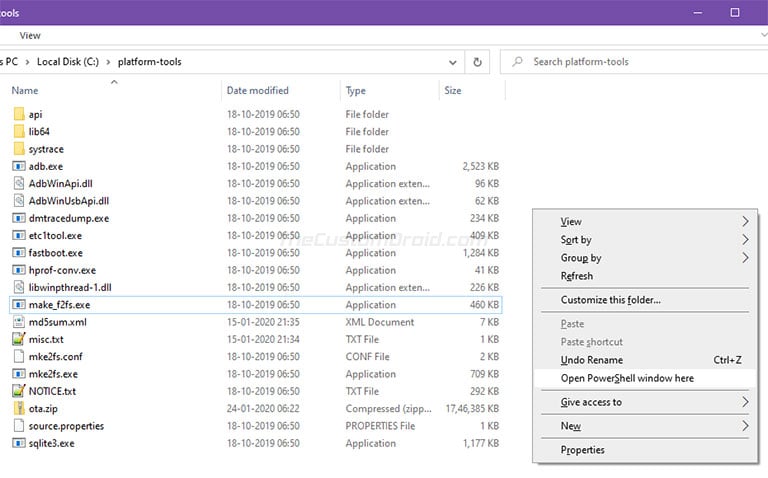


How to force delete files with the del command So you could just type in del test, press the tab key, and Command Prompt will change it to del "Test File.txt". Be very careful where and how you use this command.Īfter that, you can run tree /f to confirm that your file was deleted:Īlso, bonus tip – Command Prompt has basic autocompletion. Note: Any files deleted with the del command cannot be recovered. There may be a prompt asking if you want to delete the file. To delete a file, use the following command: del "".įor example, to delete Test file.txt, just run del "Test File.txt". You can use the command tree /f to see a, well, tree, of all the nested files and folders:

I've prepared a directory on the desktop called Test Folder. Now that Command Prompt is open, use cd to change directories to where your files are. The only difference is that you may not be able to delete some protected files, which shouldn't be a problem in most cases. You can open a normal Command Prompt window by clicking "Open" instead of "Run as Administrator". If you can't open Command Prompt as an administrator, no worries. To open Command Prompt, press the Windows key, and type in "cmd".Īfter that, you'll see a Command Prompt window with administrative privileges: Screenshot of Command Prompt window If you're already familiar with basic DOS commands, feel free to skip ahead. In this quick tutorial we'll go over how to open Command Prompt, some basic commands and flags, and how to delete files and folders in Command Prompt. Sometimes it's just faster to do things with the command line.


 0 kommentar(er)
0 kommentar(er)
